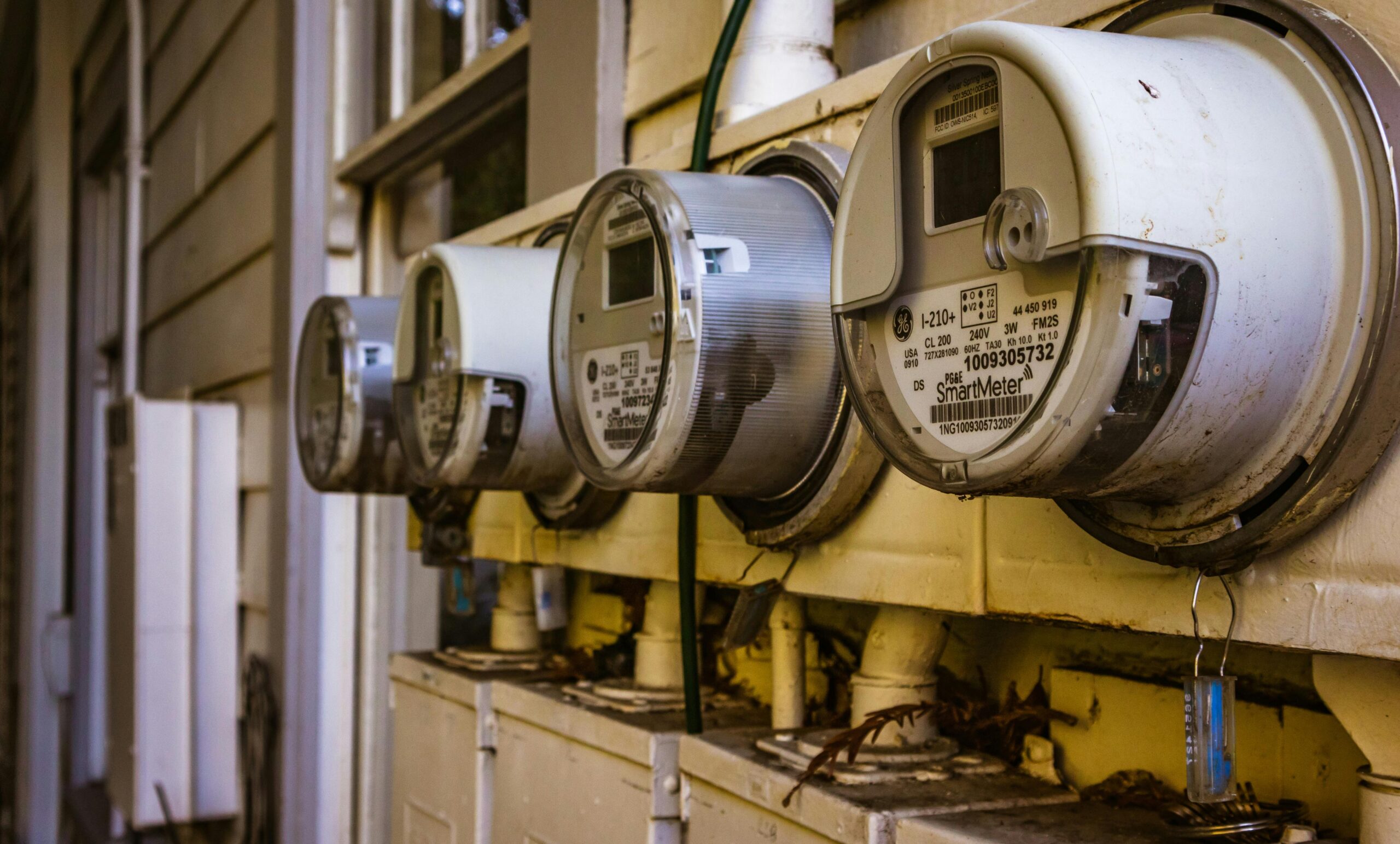Smart Energy Management Systems for Reduced Business Operation Costs
Smart energy management is a holistic approach that businesses can embrace by leveraging data for on-site energy upgrades and energy procurement optimisation. With the rising electricity per unit charges in Australia, smart energy management has become the need of the hour for many small and large enterprises. Smart energy management encourages businesses to embrace proven strategies to reduce their energy expenses by investing in smart business appliances.
Australia aims for a net-zero emission by 2050, and businesses operating in this country will play a big role in achieving this target. While businesses face regulatory pressure, there are many financial aids for them if they embrace cleaner energy, along with efficient devices or appliances that reduce their carbon footprints. In the following section, find a seamless guide on smart energy management.
What Are Smart Energy Management Systems (SEMS)?
SEMS, the acronym of Smart Energy Management Systems, refers to technology-driven platforms for monitoring, analysing, and optimising the energy usage of a business house or organisation. The idea is to derive data-rich and real-time analytics from these systems to reduce energy expenses by harnessing the latest energy-efficient equipment. Let’s explore the core components of SEMS in the following section.
- Smart Meters and Sensors: Smart meters are essential components of SEMS since they collect real-time energy usage data from systems such as HVAC, lighting, heavy or light equipment.
- Internet of Things (IoT): IoT is another crucial component of a smart energy management system, promoting seamless communication and providing granular visibility.
- Artificial Intelligence (AI): Integration of artificial intelligence (AI) helps in understanding energy usage patterns, automating adjustments, and predicting future demands.
- Cloud Platforms: Cloud storage is an essential component of the SEMS, enabling energy managers to access the real-time data and plan things neatly for energy efficiency.
Steps Involved in SEMS
From data to action, the smart energy management systems work in an assembly of multiple phases. Here are the steps involved in this process at a glance for you.
- Data Collection: Smart meters and IoT-enabled sensors gather data like gas, electricity, water, and temperature from HVAC systems.
- Analysis: The next step after data collection is the analysis, which involves processing raw data into structured data for a seamless insight.
- Action: The final step is viewing the insights and making decisions to optimise energy usage and take other actions to improve overall energy efficiency.
Different Types of SEMS
Depending on the mode of business operations and industries, the SEMS can be divided into different categories. Typically, you will find the following scalable and adaptable categories of the smart energy management systems.
- Building-Level SEMS: The building-level SEMS is the commonest in commercial properties to control lighting, HVAC, elevators, and more for maximised energy efficiency.
- Industrial SEMS: Factories and manufacturing units typically implement this SEMS model to optimise heavy equipment usage and reduce electricity consumption during peak hours.
- Renewable Integration SEMS: You can manage battery storage, solar panels, and smart grids to balance on-site generation with efficient grid consumption management.
- Enterprise-Level SEMS: Large corporations typically implement this model to provide a holistic energy view across multiple facilities or locations.
Benefits of Smart Energy Management Systems
Businesses can observe many benefits when they implement the Smart Energy Management Systems (SEMS). The model offers long-term and tangible advantages to businesses of all sizes. Here is a detailed insight into the benefits of smart energy management systems for you.
1. Lesser Operational Costs
Smart energy management systems identify inefficiencies such as idle equipment, heavy energy-consuming appliances, unnecessary energy usage, and more. The systems help businesses identify inefficiencies and resolve issues through technological implementations and other improvements. According to the Australian Alliance for Energy Providers (A2EP), businesses that implemented SEMS have observed a reduced energy cost by 10-30%.
2. Better Equipment Control
Real-time data derived from the smart energy management systems helps businesses have better control over their equipment and machinery. The data insights will highlight the equipment with heavy energy consumption. Scheduling downtime for such equipment will enhance its performance and longevity.
3. Better Compliance Management
Energy compliance management becomes seamless with the implementation of SEMS. For example, it helps to comply with the key environmental reporting standards such as ESG Reporting, NABERS, ISO 50001, etc. The automated audits become easier with improved sustainability and transparency.
4. Carbon Emission Reduction
SEMS aims to reduce energy waste by promoting renewable integration and tracking crucial carbon metrics. According to a report by ClimateWorks Centre, carbon emissions may be reduced by 20% in industrial facilities and commercial buildings if energy efficiency upgrades have been done following the recommendations received from the smart energy management systems.
5. Better ROI on Energy Investments
Setting up the SEMS for the businesses and industrial facilities involves upfront expenses. However, businesses can observe a payback in 1-3 years through energy-saving measures and incentive support. Therefore, a return on investment is assured when businesses embrace the smart energy management systems.
Bottom Line
The Smart Energy Management Systems (SEMS) help businesses in two ways. Firstly, it helps identify inefficiency and embrace measures for a more energy-efficient performance. Secondly, SEMS helps businesses manage their energy efficiency compliance more seamlessly. Apart from these benefits for the businesses, SEMS is the way forward to meet Australia’s global commitment to net-zero emissions by 2050.
Does your business’s SEMS show a high energy bill despite modest consumption? It is probably time to change your energy provider. Connect Business Energy helps businesses find the best provider according to their energy consumption needs and budgets.

